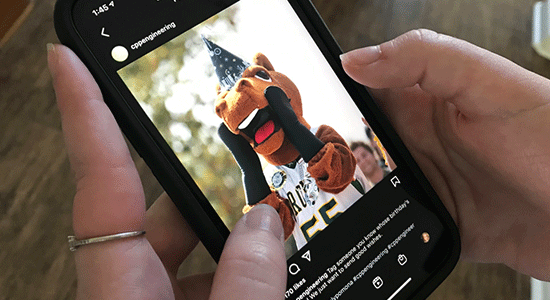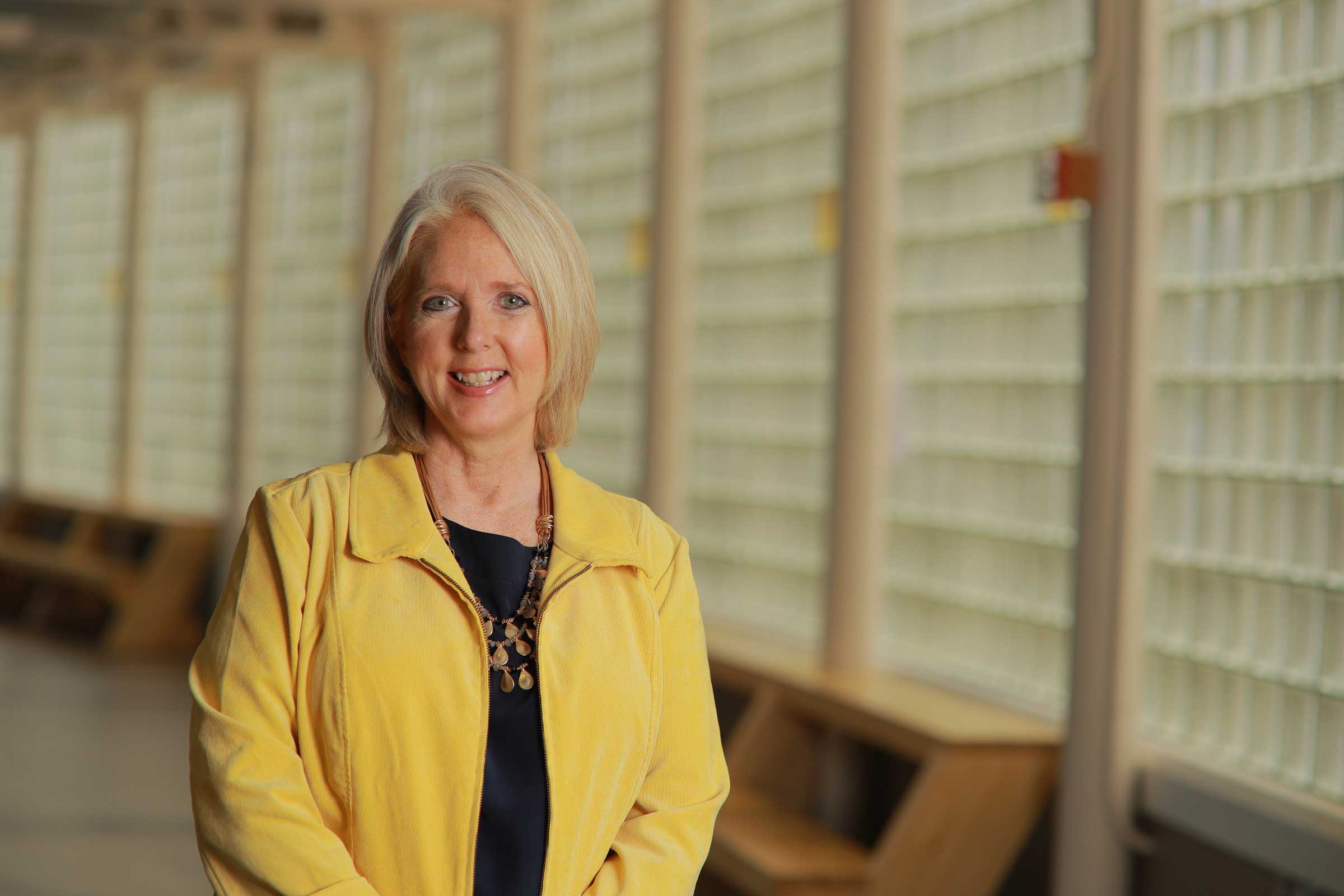
By default, we work with this content principle: post what’s entertaining, because that’s what engages.
How do we quantify engagement? We take all the likes, comments and shares on our content and divide them by the total amount of followers. What I just described seems obvious, but even our Instagram page did not always follow this principle—the more you scroll, the more you’ll see content that doesn’t engage.
With this principle in mind, what have we found?
Instagram is the easiest platform to create organic engagement.
For us, our only social media budget is the time we afford posting content on, and we’ve found that Instagram is the easiest platform to engage followers.
Baseline, you post a nice of photo of your university, its students, its anything—if the content visually shows something about your university, it will most likely engage. In terms of engagement rate, you should see rates of five percent or above, which is very healthy. This does make an important assumption: your followers are students and current alumni.
Regarding engagement on Facebook and Twitter, it’s hard to come by. Some research bears this out as well—higher ed Instagram pages average 3.19 percent engagement rates compared to the .14 percent and .087 percent on Facebook and Twitter, respectively. If you already have these three channels and not enough time to create content for each platform, make content for Instagram first and repurpose for Facebook and Twitter.
Okay, Instagram. What content engages?
Consider these easy wins for giving followers what they want:
- Photos and videos of your university. This doesn’t need to be college-specific. If it’s pretty, well-shot and reminds your followers of the university, expect it to engage.
- Photos and videos of students in action. Here, specifics are more helpful. Show what they do at your college or school, and not just the university as a whole.
- Student competition wins. Grab a group photo of the winning team and it’ll most likely engage. Assuming your follower demographic includes current students, they might help spread the word since someone they know might be a part of the winning team.
What doesn’t engage?
- A poster or flyer. You know in your heart that your followers don’t care unless there is some exceptional information on there (i.e. a poster that announces an Elon Musk lecture event). And yet, someone above or adjacent to you in the organizational hierarchy asked you to just “put it up there”. Resist agreeing to this. Show them the engagement and the tell them the principle you operate on when posting social media content. Or split the difference and post it as a 24-hour story.
- Event announcements. Don’t make these permanent posts, because they’re irrelevant the moment the event concludes. Instead of your page being a wasteland of events that have come and gone, post them as 24-hour stories.
Above all, be entertaining. There are exceptions to the rule, but chances are you don’t fall under the exception. You aren’t competing with other higher ed accounts. You’re competing with every meme account, sports account, celebrity account, a user’s friend’s account, and so on. Give your followers a reason to follow you every week.
Christopher Park is a communication specialist for the College of Engineering at Cal Poly Pomona. He can be contacted at park@cpp.edu.

